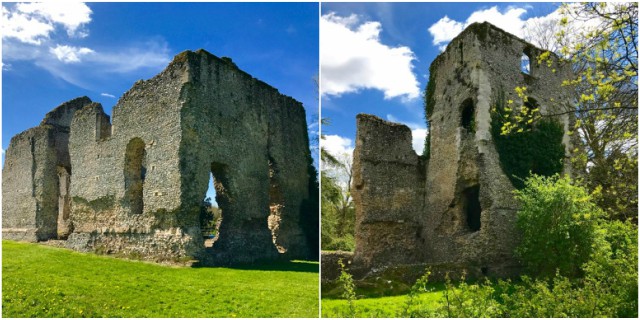The ancient market town of Bishop’s Waltham, set in the glorious Hampshire countryside of southern England, is a delightful medieval town with a fascinating history that spans nearly 1,500 years. It began as a Saxon village and grew steadily to become one of the most famous and largest villages in Hampshire.
The name of the town is also Saxon and is derived from the words ‘wald’ (wooded area) and ‘ham’ (settlement). It became known as Bishop’s Waltham at the beginning of the 10th century when King Edward the Elder granted the land to Denewulf, Bishop of Winchester.
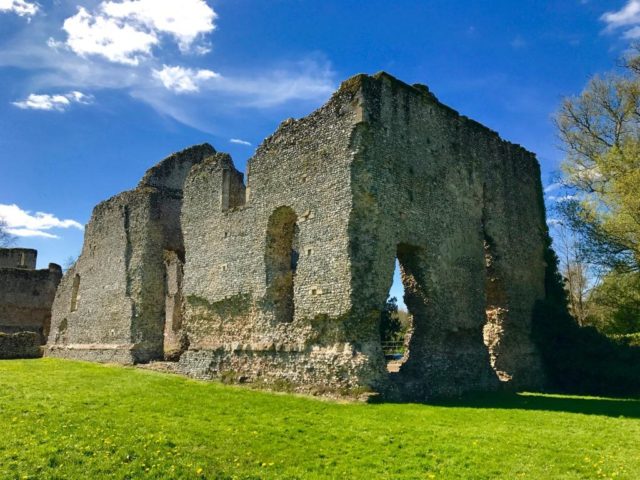
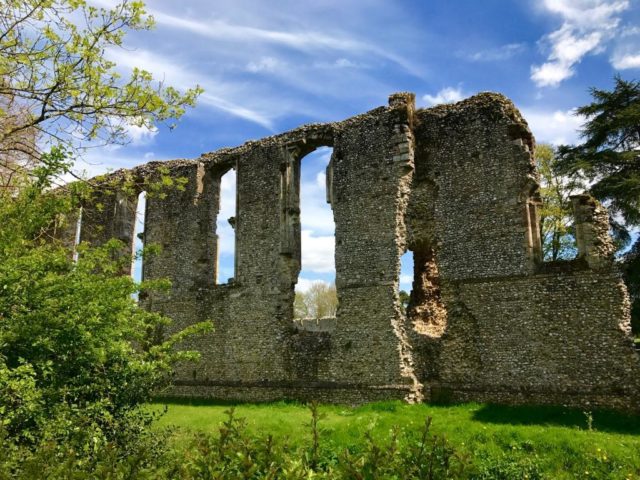
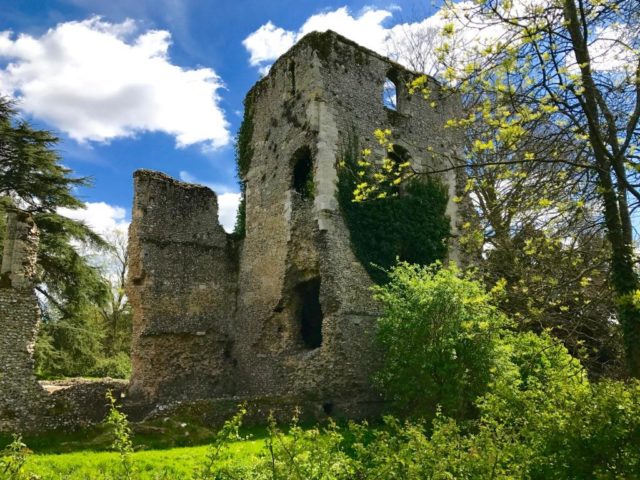
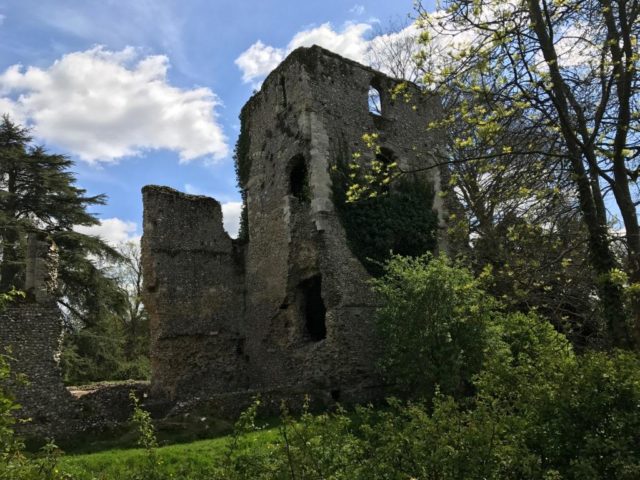
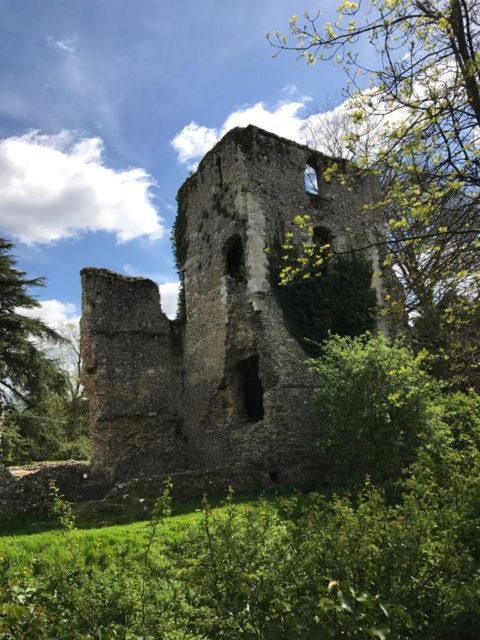
This peaceful town has a great number of historic buildings, including the extensive ruins of the grand medieval Bishop’s Palace which is the most impressive among them. Located in the heart of Bishop’s Waltham, the palace was once one of the most exceptional residences of the Bishops of Winchester.
Many important figures throughout the centuries honored the palace with a visit, including Richard the Lionheart, Henry II, Henry III, Henry IV, Henry V, Henry VI, Henry VIII, Queen Mary I, Edward IV, Charles II, and Queen Elizabeth I.
The Bishops of Winchester were considered by many historians to be the richest bishops in England, and among the richest in Europe, so it is no wonder they built such a grand palace as the one in Bishop’s Waltham. Bishop Henry of Blois, the younger brother of Stephen, King of England, began to build it as a castle in 1136, but it was remodeled into a palace in the 14th and 15th centuries.
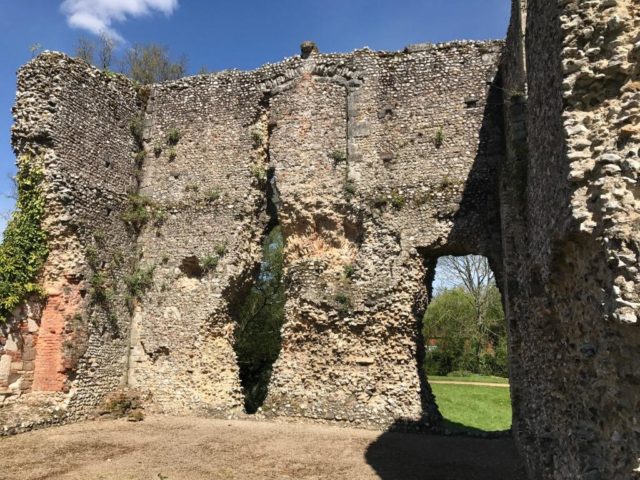
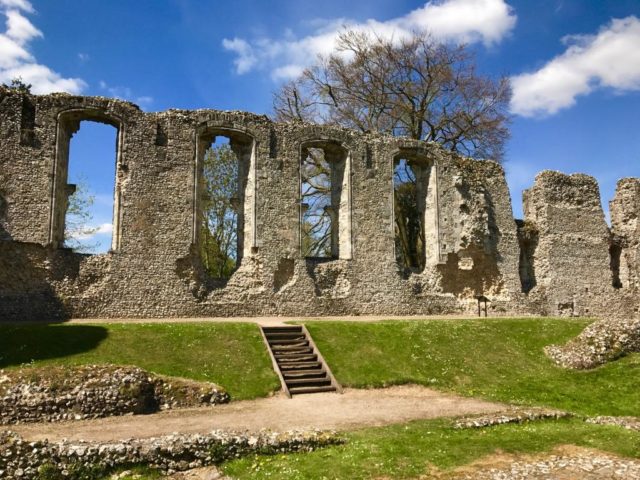
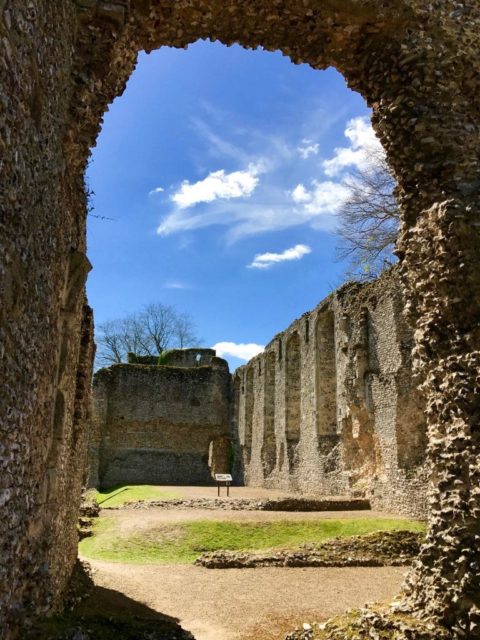
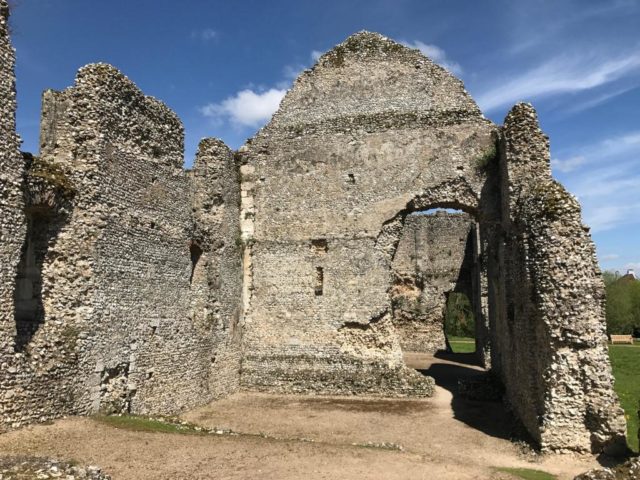
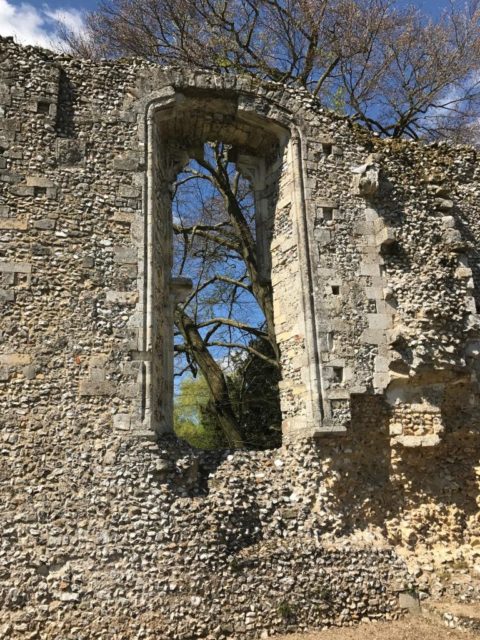
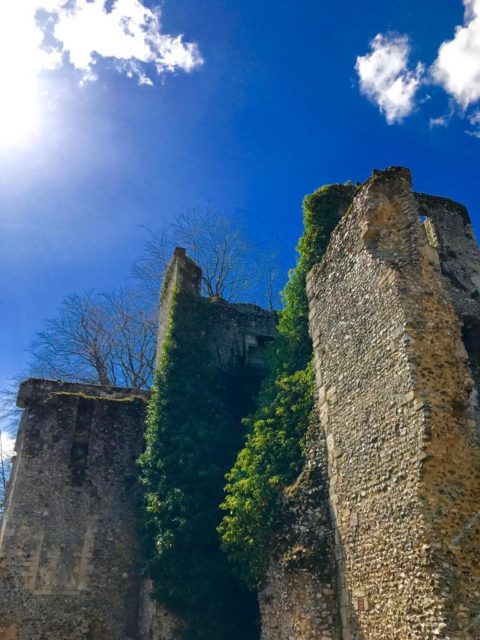
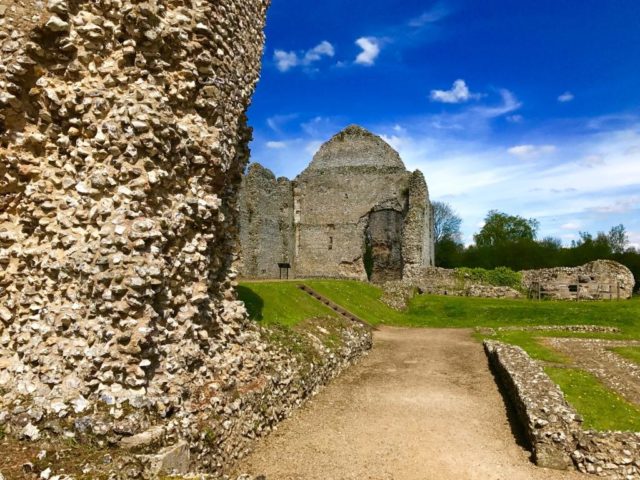
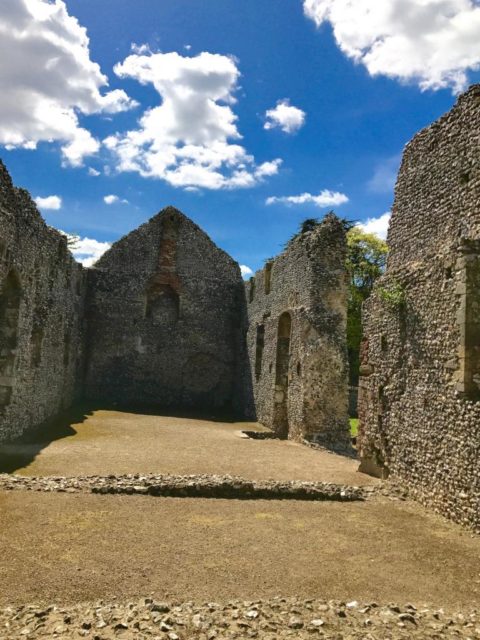
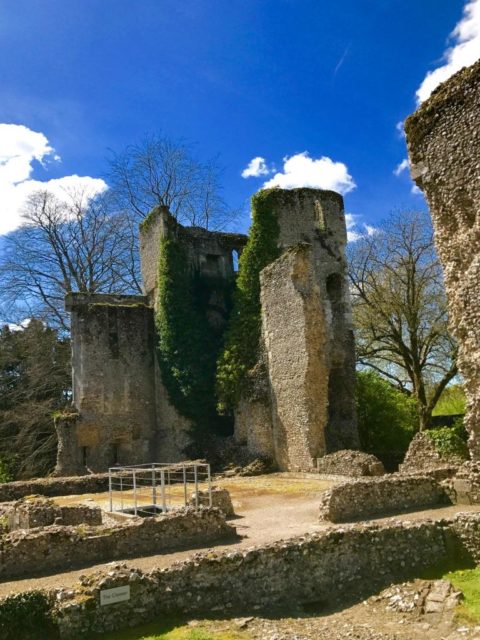
According to the English Heritage website, Henry of Blois played a major role in the coup that brought his brother to the throne and eventually became his chief adviser. When Henry II came to the throne in 1154, the bishop went into exile since he supported Henry II’s opponents during the civil war. Next year Henry II ordered all of the castles and palaces built by Bishop Henry of Blois, including the one in Bishop’s Waltham to be destroyed. It is said that the castle was rebuilt when the Bishop returned from exile in 1158.
In the 14th century, the castle was remodeled by Bishop William Wykeham and turned into an imposing palace. The ruins we see today were built by William of Wykeham’s chief mason, William Wynford. Cardinal Henry Beaufort, who often resided at Waltham, raised the west tower and built a new chapel, and Bishop Thomas Langton is credited with building a wall around the Palace.
During the Civil War, the palace was besieged by Parliamentarian commander, Major-General Sir Thomas Browne, and his troops who forced Bishop Curle to escape and burned down the palace. After this event, the palace was never rebuilt again.
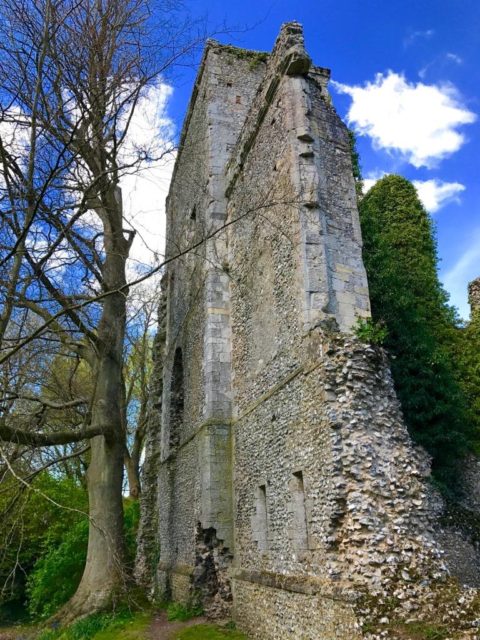
In the 19th century, a farmhouse was built within the ruins, and today the ground floor of that farmhouse houses the Bishop’s Waltham Town Museum that holds an important collection of historical and archaeological artifacts from the area.
Although the palace was partly destroyed during the Civil War, the ruins that we can see today are enough for us to imagine how grandiose this palace once was. They can also help us understand how important was the role of the Bishops during the medieval period and how powerful they were.
